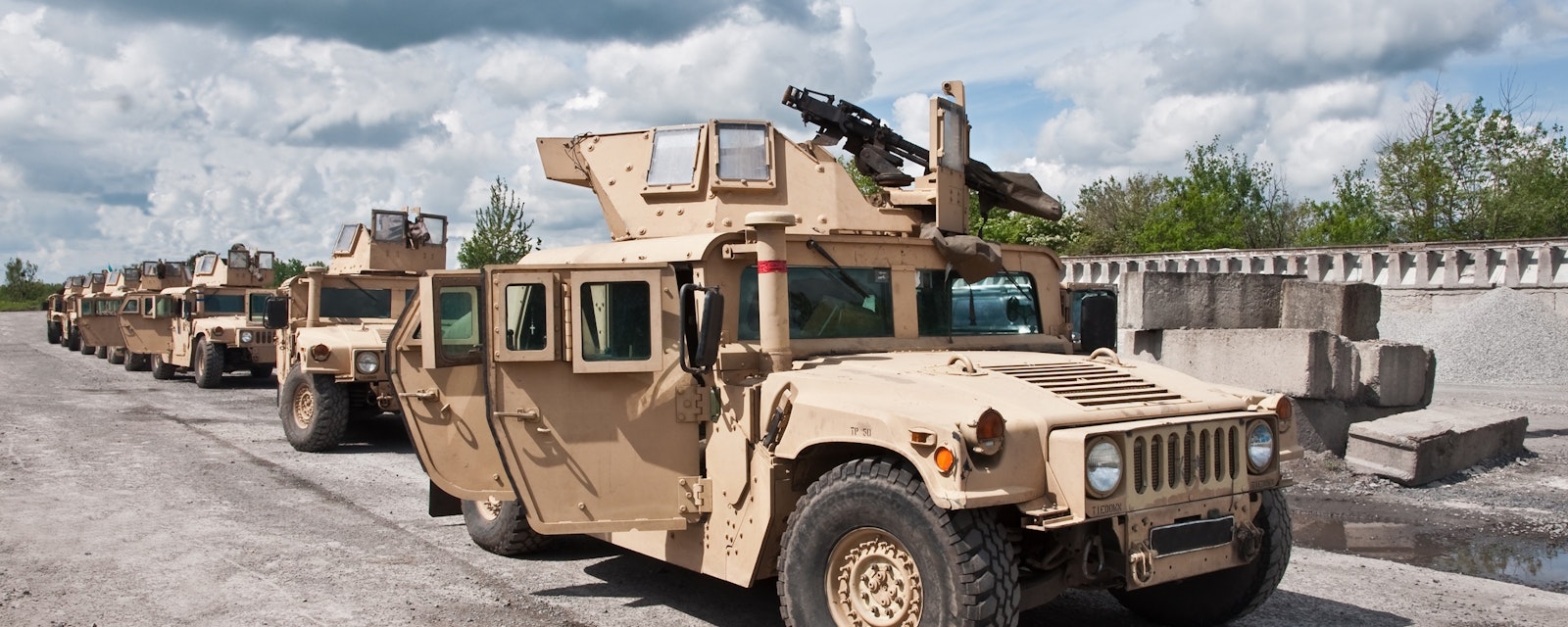The strong public will to resist a potential invasion highlights the challenges that Russia would face in an attempt to occupy and maintain new territories in Ukraine. However, Moscow could seek to exploit the intensifying political competition and declining trust in Ukraine’s political leadership to its own benefit.
On 26 January, the US and NATO presented their written responses to Russia’s requests on the so-called “security guarantees” outlined by the Kremlin in mid-December. While the responses have not been made public, comments from the US Secretary of State Antony Blinken and NATO Secretary General Jens Stoltenberg clearly conveyed a commitment to maintain NATO’s “open door” policy, including for Ukraine. Moscow’s response and further actions will now be reportedly decided by President Vladimir Putin. As previously noted, various attempts to destabilize the country are more likely than a large-scale invasion.
Multiple warnings by Western intelligence agencies and politicians about the threat of an imminent Russian attack or attempts to install new pro-Russian political leaders stand in contrast with the political and public mood in Ukraine. On 26 January, Ukraine’s Foreign Minister Dmytro Kuleba stated that the number of Russian personnel at Ukraine’s borders was “insufficient” for a full-scale invasion, which mirrored President Volodymyr Zelensky’s earlier statement that partial evacuations of foreign embassies in Ukraine were “premature”. Such public messages likely seek to mitigate public tensions amid continuing disinformation efforts, cyberattacks, and multiple bomb threats at schools or other public facilities, which Ukrainian officials view as part of Russia’s destabilization efforts.
Recent polls show that around 48% of Ukrainians consider the threat of a Russian invasion realistic in H1 2022, and 58% of men would be prepared for armed resistance. While the country has been fighting the Moscow-backed separatists in Donbas since 2014, concerns about the greater conflict have prompted considerable mobilization, leading to the formation of dozens of new volunteer-based territorial defense units across the country. According to Ukraine’s defense minister Oleksiy Reznikov, such units would allow around 130,000 civilians to be mobilized in case of war, in addition to around 250,000 enlisted soldiers. Perhaps more importantly, this trend indicates a high-level of public resistance that Russian forces would face in case of an invasion, making quick military advances as well as maintaining the occupied territories in the longer-term extremely difficult.
However, the looming external threat has not translated into greater public support for Zelensky and the ruling Servant of the People (SN) party. Conversely, more than 56% of Ukrainians believe that the government’s efforts to prevent a potential Russian invasion are insufficient; 53% do not see Zelensky as an effective leader in case of such event.
Charges of treason against the former president Petro Poroshenko – which the majority of the country’s population views as politically-motivated – have significantly hurt Zelensky’s popularity. Poroshenko is rapidly closing the gap on Zelensky in opinion polls, while his European Solidarity has overtaken SN as the most popular party in the country. On top of that, the government has been coping with violent protests over the introduction of cash registers for small entrepreneurs and will have to deal with the resurging wave of the Covid-19 pandemic. Any attempts by Russia to exploit the intensifying political competition in Ukraine as well as growing public disappointment in the country’s political leadership would not be surprising.




